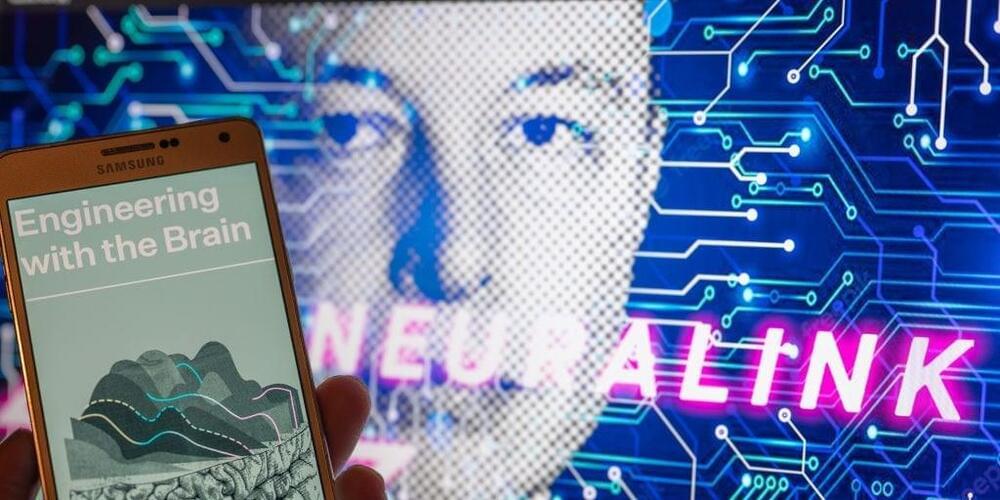Geoffrey Hinton and Yann LeCun argue on X.
For every AI doomer, there’s an AI idealist to counteract their view.
1 and 2
Basically, the central tenet that differentiates a machine from a human being. Consciousness.


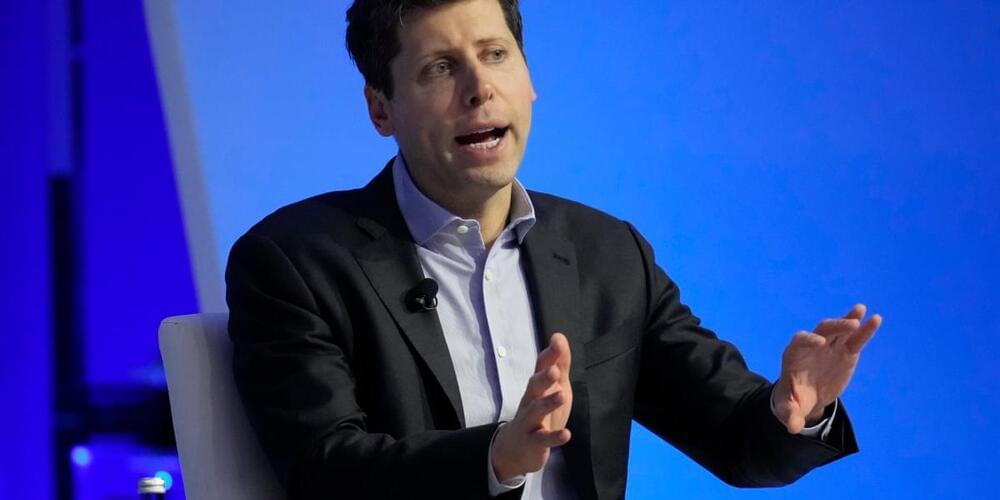

AI startup Hoppr teamed up with AWS to launch a new foundation model to help bring more generative AI solutions into medical imaging, the companies announced on Sunday at RSNA 2023, the annual radiology and medical imaging conference in Chicago.
The new product, named Grace, is a B2B model designed to help application developers build better AI solutions for medical images — and to build them more quickly. Along with the launch of Grace, Hoppr also announced that it received “a multi-million dollar investment” from Health2047, the American Medical Association’s venture studio.
Chicago-based Hoppr, which was founded in 2019, has raised $4.1 million to date, said CEO Khan Siddiqui. Pioneering computer scientist Grace Hopper is the namesake for both the company and its new product, he noted.
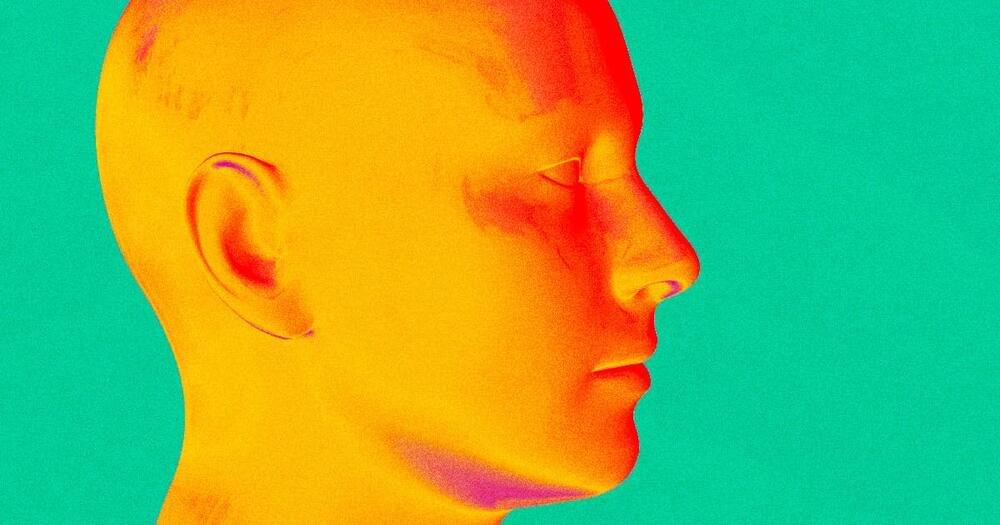
As boosters say AI is primed to conquer entire sectors, from military to medicine, a significant portion of the tech world is surprisingly unconvinced by its utility, according to a new survey from software development business Retool.
In the survey of 1,500 people working in tech, Retool found that a startling 51.6 percent of people think AI is overrated, while 25.1 percent think it’s underrated, and another 23.4 percent think it’s fairly rated. The people surveyed include executives, software engineers, designers, and other positions in different industries.
Particularly striking was that workers in executive roles had a more favorable view of AI while people in the technical side “skewed a little more toward overrated” — perhaps not a surprise, since many business leaders have been crowing about the potential cost savings of AI and how it could generate more revenue.

With a gravitational field so strong that not even light can escape its grip, black holes are probably the most interesting and bizarre objects in the universe.
Due to their extreme properties, a theoretical description of these celestial bodies is impossible within the framework of Newton’s classical theory of gravity. It requires the use of general relativity, the theory proposed by Einstein in 1915, which treats gravitational fields as deformations in the fabric of space-time.
Black holes are usually formed from the collapse of massive stars during their final stage of evolution. Therefore, when a black hole is born, its mass does not exceed a few dozen solar masses.
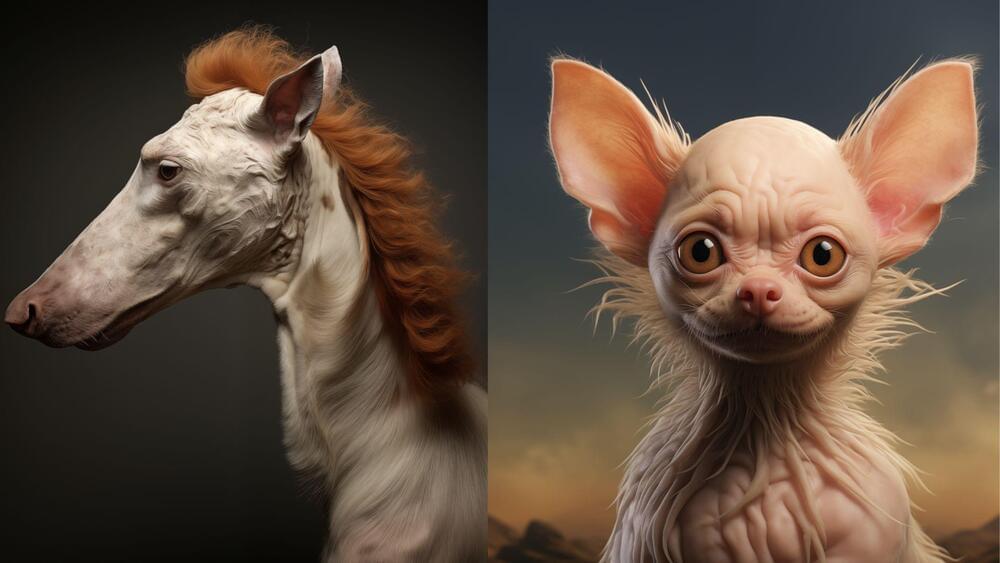
Veterinarian experts at Basepaws, a genetics testing company for pets in California, looked into the possibilities of how dog breeds of today will evolve 10,000 years down the line. The experts give their inputs to neural networks to generate some interesting visualizations.
Take a moment to see if you can recognize the breeds in the images below.
It is well known that modern-day dogs evolved from wolves that got friendly with humans. The exact timeline of when this friendship began is up for debate in the scientific community. But now that it has been established, it is unlikely that the bond will be shaken by anything in the future.
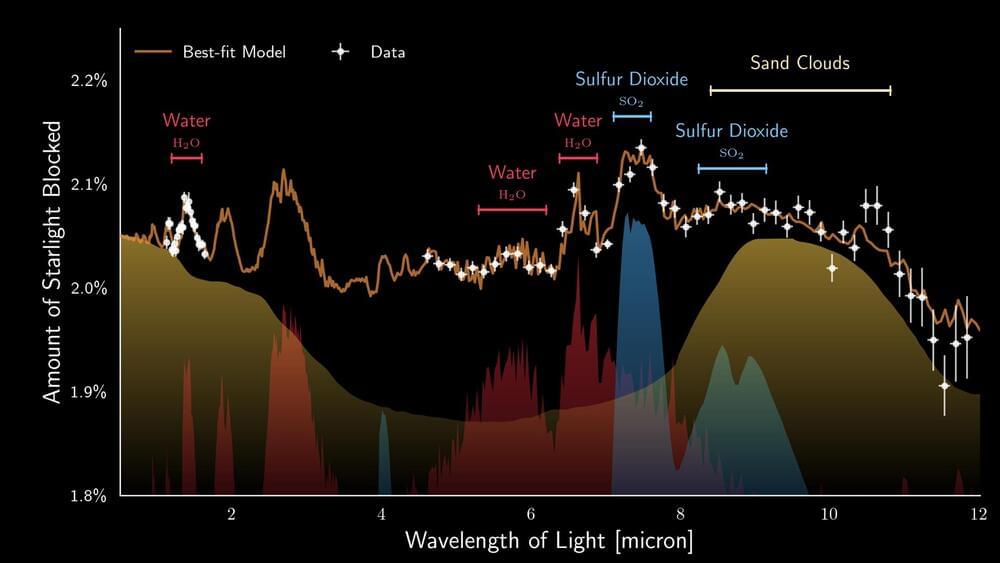
European astronomers, co-led by researchers from the Institute of Astronomy, KU Leuven, used recent observations made with the James Webb Space Telescope to study the atmosphere of the nearby exoplanet WASP-107b. Peering deep into the fluffy atmosphere of WASP-107b they discovered not only water vapour and sulfur dioxide, but even silicate sand clouds. These particles reside within a dynamic atmosphere that exhibits vigorous transport of material.
Astronomers worldwide are harnessing the advanced capabilities of the Mid-Infrared Instrument (MIRI) aboard the James Webb Space Telescope (JWST) to conduct groundbreaking observations of exoplanets – planets orbiting stars other than our own Sun. One of these fascinating worlds is WASP-107b, a unique gaseous exoplanet that orbits a star slightly cooler and less massive than our Sun. The mass of the planet is similar to that of Neptune but its size is much larger than that of Neptune, almost approaching the size of Jupiter. This characteristic renders WASP-107b rather ‘fluffy’ when compared to the gas giant planets within our solar system. The fluffiness of this exoplanet enables astronomers to look roughly 50 times deeper into its atmosphere compared to the depth of exploration achieved for a solar-system giant like Jupiter.
The team of European astronomers took full advantage of the remarkable fluffiness of this exoplanet, enabling them to look deep into its atmosphere. This opportunity opened a window into unravelling the complex chemical composition of its atmosphere. The reason behind this is quite straightforward: the signals, or spectral features, are far more prominent in a less dense atmosphere compared to a more compact one. Their recent study, now published in Nature, reveals the presence of water vapour, sulfur dioxide (SO2), and silicate clouds, but notably, there is no trace of the greenhouse gas methane (CH4).
